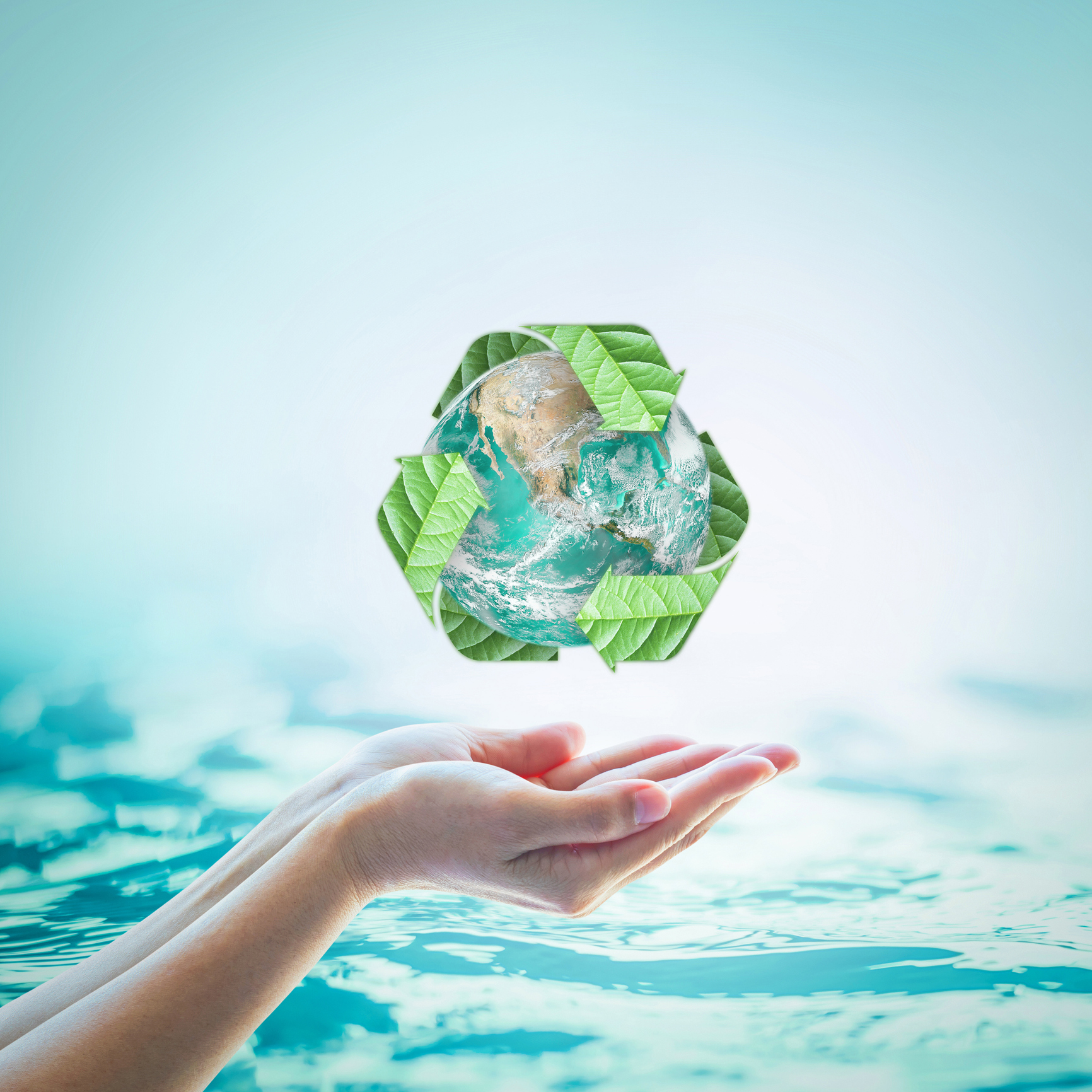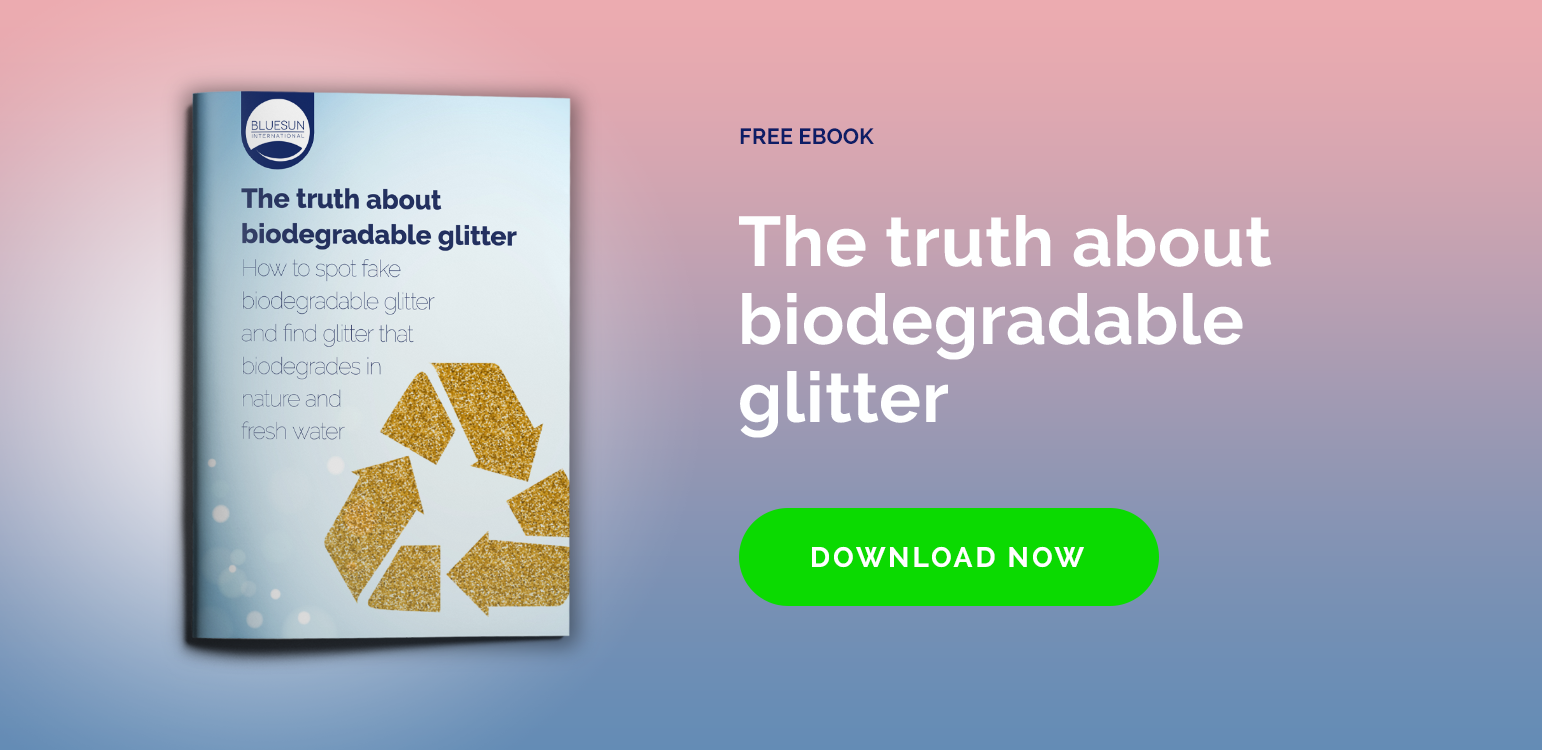As we become more aware of the urgency of protecting our environment, getting to know the different types of plastic helps us to be more effective in selecting the items that can be recycled. Only natural resources are capable of decomposition, but some may claim otherwise.
Plastic has invaded every aspect of our lives; since it was popularized in the 1940s and 1950s the water-proof and unbreakable synthetic plastic has been used by many industries. But using plastics for everything is one of the reasons why our planet is in danger. Before knowing if PLA is biodegradable, let’s learn more about plastic and its different types.
Downsides of Plastics
- They do not decompose, but they can break down into small plastic pieces (microplastics)
- Some plastics release gases when burned or heated
- They should not be buried (we do not know yet how devastating can be the consequences)
- It is impossible to get rid of plastic in the world (once created you have to recycle it or keep it)
- Only less than 9% of plastics are recycled
Different Types of Plastics
In order to recycle plastics, the first thing to know is that most plastic containers have a small number within the recycling symbol (the three-arrow triangle). That number indicates the type of plastic used to manufacture the container, in other words, the resin used for the plastic. Different types of resin do not mix when plastics are recycled.
Recycling Numbers for Types of Plastic
#1 Polyethylene terephthalate (water bottles and medicine containers)
#2 High-density polyethylene - HPET- (containers for shampoo, milk, toys, and grocery bags)
#3 Polyvinyl chloride (plumbing pipes, banners, tents, shower curtains, and seat covers)
#4 Low-density polyethylene (wrapping films, grocery bags, and sandwich bags)
#5 Polypropylene (plastic caps, Tupperware, orange medicine containers)
#6 Polystyrene (coffee cups, disposable cutlery, take-home boxes and other items that are only used once)
#7 Any combination of #1 to #6 result in non recyclable materials
PLA fits within this last category, it is compostable but ONLY if one has access to the high heat of industrial composting, which is very unlikely to happen in nature. The question asked over and over is:
Are products made with PLA biodegradable? The answer is NO, regardless of what manufacturers using this type of plastic may say.
PLA Glitter
When it comes to glitter, PLA glitter is as bad for the environment as standard glitter. Find more eco-friendly alternatives. If one wants to purchase biodegradable glitter in wholesale, one should look for sources that are certified to offer naturally biodegradable products. It is important to highlight the need that glitter needs to biodegrade in nature.
The TRUE biodegradable glitter is the one by Blue Sun, as it is the only company certified by Bioglitter (Ronald Britton) to sell biodegradable glitter in wholesale. It offers two ecological solutions for the widely-known plastic glitter issue.
Biodegradable Glitter
Bioglitter Pure and Bioglitter Sparkle are the next generation of glitter products that do not damage the environment. They were both independently tested to comply with ISO14851 Fresh Water Biodegradability and to biodegrade in just a few weeks in a natural environment.


![Free ebook: The truth about biodegradable glitter [Click here and download now]](https://no-cache.hubspot.com/cta/default/4020212/b9c13b96-3024-4b35-9af9-cbd44d84ec15.png)


